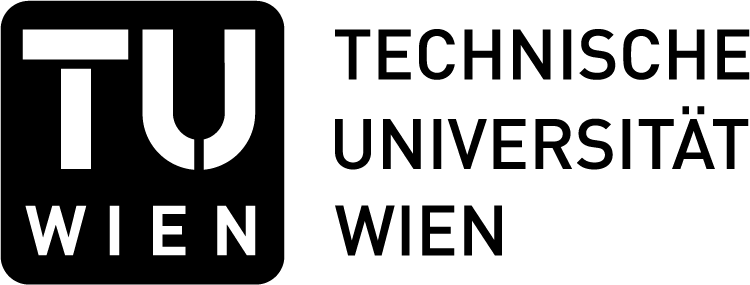Integration der Gebäudeautomation in das Internet der Dinge
| Author: | Jürgen Weidinger |
| Supervisor: | Wolfgang Kastner , Markus Jung |
| Type: | Master Thesis |
| Finished: | 2013-05-06 |
| Download | |
Abstract:
The Internet of Things (IoT) aims at connecting components of the physical world with the cyberspace in order to minimize information gaps between both worlds. Based on the development of the Internet Protocol Version 6 (IPv6), it is possible to uniquely identify approximately 3.4*10^38 devices. This makes IPv6 an essential component to realize the vision of IoT.
A future application field of IoT deals with building automation systems such as heating, ventilation and air conditioning, lighting, and shading. The co-operation of components within the technical building services enables also the introduction of energy management systems. In addition, there is a need to integrate building automation systems into business processes (e.g., Enterprise Resource Planning).
Web-services are a key technology to guarantee interoperability among different systems. However, approaches based on the Simple Object Access Protocol (SOAP) require too much resources for limited environments in the field of networked embedded systems with their narrowband control networks.
This work presents a protocol stack for the IoT which assures both the interoperability of different building automation systems, as well as the unique identification of devices via IPv6 addresses.
The IoT-protocol-stack is built upon the Open Building Information Exchange (oBIX) webservice standard and gains interoperability through generic typ definitions (oBIX-contracts) for underlying devices.
Additionally, the Constrained Application Protocol (CoAP) is integrated into the IoT-stack in order to reach efficiency in terms of limiting protocol overhead. For the optimization of the payload size, there are different encodings available.
Within the scope of this work, a proof of concept of a transparent gateway (IoT-stack-gateway) is developed for a RESTful machine-to-machine communication with established automation systems.
For the validation of the IoT-stack and the gateway concept, the building automation system KNX served as a case study.
Experiments investigate the efficiency of the data encoding and include a client/gateway interaction of the HTTP- and CoAP-bindings provided by the IoT-stack. The evaluation illustrates that the IoT-stack enables a more efficient and interoperable communication.

